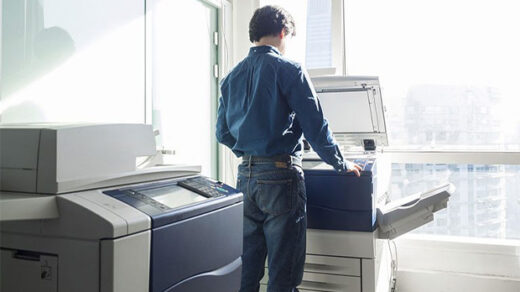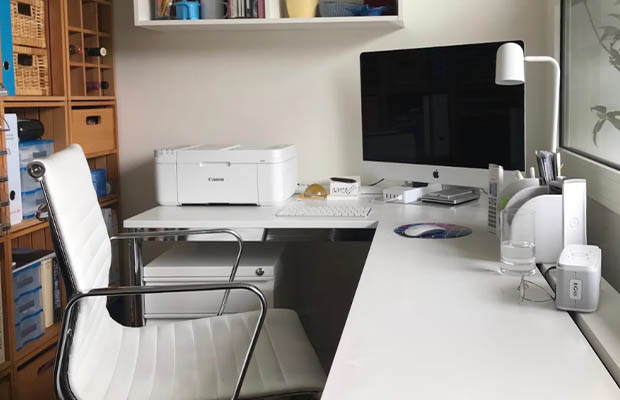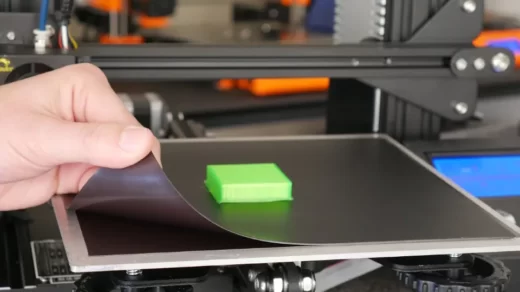Printers are especially important for making copies of documents for different audiences in the workplace. Understanding whether a printer is an input or output device can be challenging. Whether you need to print jobs, greeting cards, invitations, etc., printers are required computer peripherals. Let’s take a closer look at what makes a printer an output device and how you can differentiate yourself from other hardware in the future.
Table of Contents
What Are Input And Output Devices?
In order to understand why a printer is an output device, it is useful to understand input and output and consider their differences. A computer processing unit or CPU controls input and output devices. Unlike this hardware, however, the CPU is not considered an input or output device.
Input Devices
Computer keyboards and mice belong to the category of input devices. Input devices are used to send information to the computer processor. The mouse is used to control the cursor and these movements and then send input to the computer process, while the keyboard is used to enter text into a number format.
Input devices send information to the processor, and output devices receive data.
Output Devices
Printers and speakers are examples of computer output devices. Printers receive digital information from a processor, which is then decoded and printed on paper. The speaker outputs audio information received from the computer in the form of sound waves.
Unlike input devices, output devices primarily receive data from a computer processor and cannot be manipulated by user input.
Is A Printer An Input Or Output Device?
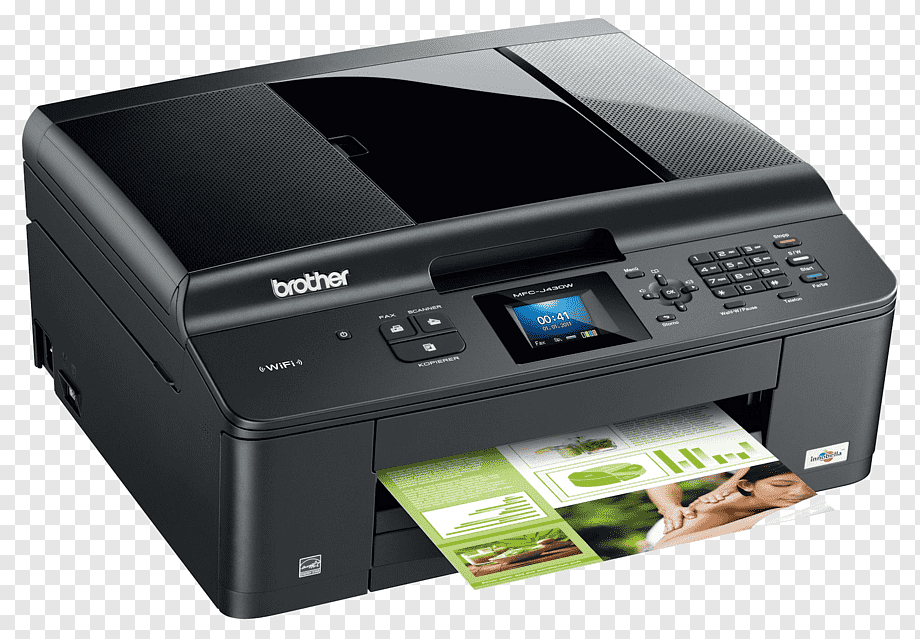
A printer is an output device that receives information from a processor, decodes it, and prints it on paper. It is an output device because it receives information from the computer processor rather than sending it. About 70 percent of U.S. adults use printers regularly, so it’s important to know whether a printer is an input or output device.
A printer is an output device because the information is sent to the printer from an external device such as a computer or mobile phone.
Modern printers like the HP Envy 6055 usually support Bluetooth, which means you don’t need a wire to connect to the printer to print things. However, features like this make it more difficult to determine whether a printer is an input or output device. People mistakenly believe that because a printer signals a computer processor to know where to print, it can be considered an input device.
Why A Printer Is An Output Device And Not An Input
So now that we know what input and output do, we can dive into why a printer is an output device.
As we saw in the flow diagram of the output device, information is sent from the processor to the output.
A printer is a device that receives digital information from a host device (such as a computer) and then “prints” that information as a physical medium on paper, or any other surface it is capable of printing on.
The flow of information starts inside the processing unit and goes to the printer, which is the main reason it is an output device.
How A Printer Works As An Output Device

We’ve already seen the primary use of printers to convert digital data into human-readable information that is then printed onto paper.
Let’s take a closer look at how a printer works as an output device.
When it comes to printing, there are many different approaches. However, the two most commonly used methods are inkjet and laser.
However, the process of how the printer creates a physical copy of the digital data remains the same.
Each printer does this using a driver or specialized software whose main job is to convert images or text into a language the printer understands.
Then transfer the image or text to the paper with a series of dots. The dots are so small that the nude see the final product as a stereoscopic image of a series of text, rather than dots.
While the process is the same for inkjet and laser printers, the difference between the two printers is how this series of dots is transferred to the paper.
- Ink jet
Inkjet printers use printheads that contain thousands of tiny holes that drop droplets of ink onto the paper at the speed of the printer.
The liquid inks used are made from colored dyes or liquids containing solid pigments.
- Laser
Laser printers don’t use liquid dots, but dots are made up of toner (fine powder of solid particles).
Can A Printer Be Used As An Input Device?
A printer cannot be used as an input device because it does not send any information to the computer processor. Home printer technology has come a long way, and they now have many built-in features.
Regardless of the capabilities of the printer, it is always considered an output device. Even a scanner-capable printer like the Brother laser printer is still an output device. Although it comes with a scanner as an input device, it is still considered an output device when using the printer function.
Unlike a mouse or keyboard, a printer only accepts commands from a computer. Your device provides the printer with what it needs to print, and then outputs that content to paper. The printer does not send instructions to your computer. It may send specific information, such as paper and ink levels, as well as any malfunctions that may have occurred. But these little packets don’t drive any behavior in the processor.
What Is The Purpose Of The Printer As An Output Device In A Computer
The job of the scanner is to convert the physical media into a digital format.
On the other hand, as we saw earlier, the job of a printer is to convert digital data into physical media.
With this capability, printers help in many applications.
- Personal – If you need to print forms or family photos, you will benefit from having a printer at home for personal use. Best of all, you don’t have to buy the most expensive printer. Since you won’t be using it all the time, printers for personal use are designed for low-volume printing without sacrificing quality.
They are also created to be compact and quiet.
- Universal – Universal printers are great if you need to print a variety of prints in generally high quantities and quality.
Examples of general-purpose applications include printer invitations for events, posters for garage sales, and more.
- Commercial – Printers designed for commercial use are capable of printing different sizes of paper. They are not limited to your standard A4 paper size.
They are designed to handle the high volume of printing that occurs in companies while still producing high-quality prints.
What Are Examples Of Input And Output Devices?
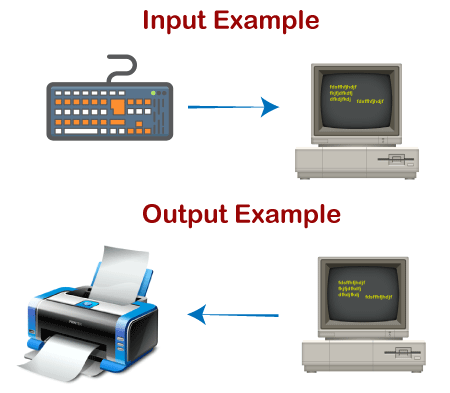
Here are some common examples to get a clear picture of input and output devices.
Input devices
- Keyboard
- Computer mouse
- Microphone
- Joystick
- Webcam
Output devices
- Monitor
- Printer
- Speaker
- Headphone
- Screen projector
- External hard drive
Conclusion
A printer is an output device because it is controlled by the computer’s processor and information only flows from the processor to the printer. Output devices such as printers receive commands from external devices but do not send commands back. Input devices, on the other hand, send instructions to the computer’s processor.
Modern printers now have a plethora of built-in features, making it harder to identify whether they are input devices or output devices. However, with all-in-one hardware, each function, i.e. printer, scanner, fax, should be considered individually.


